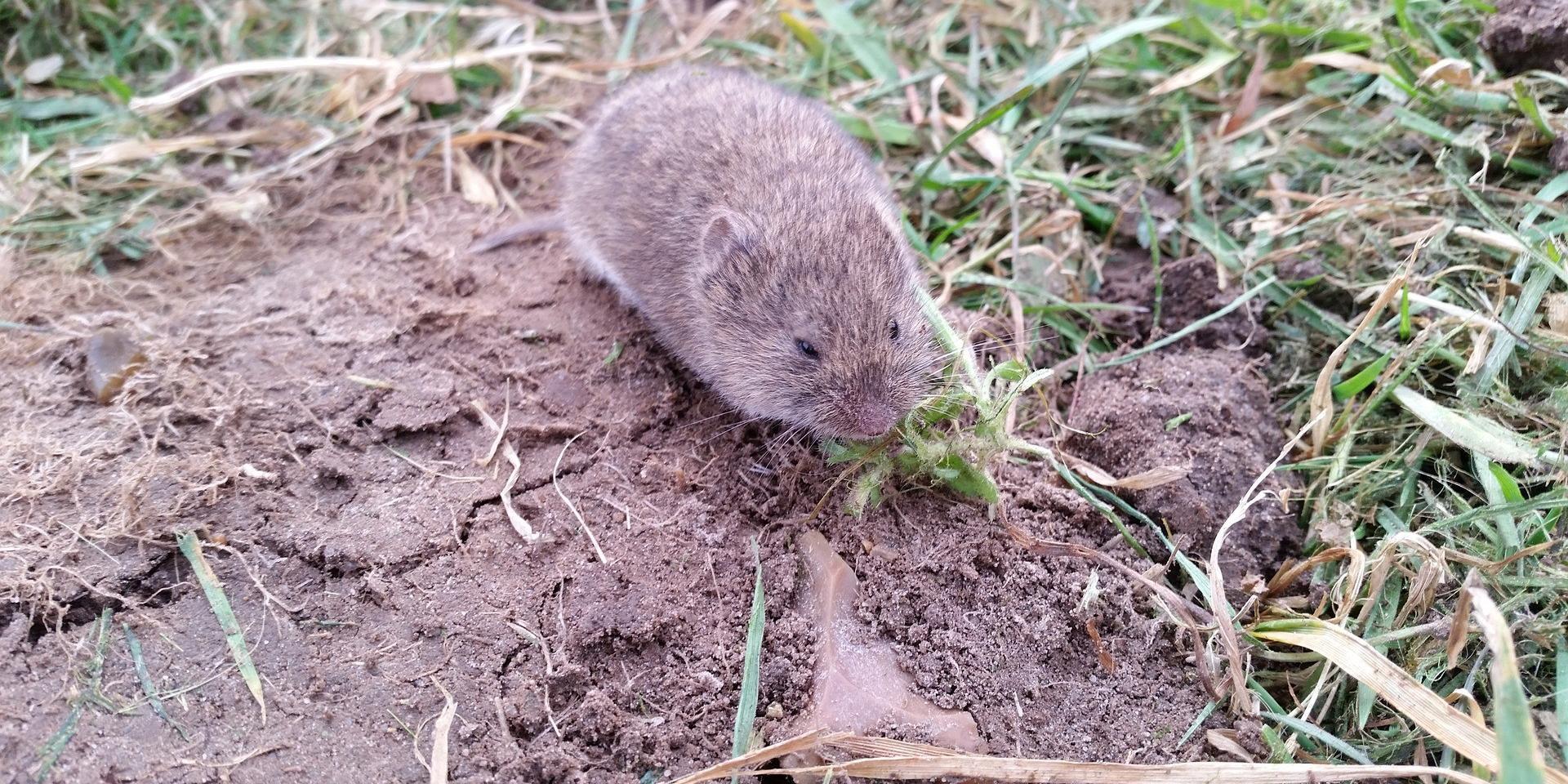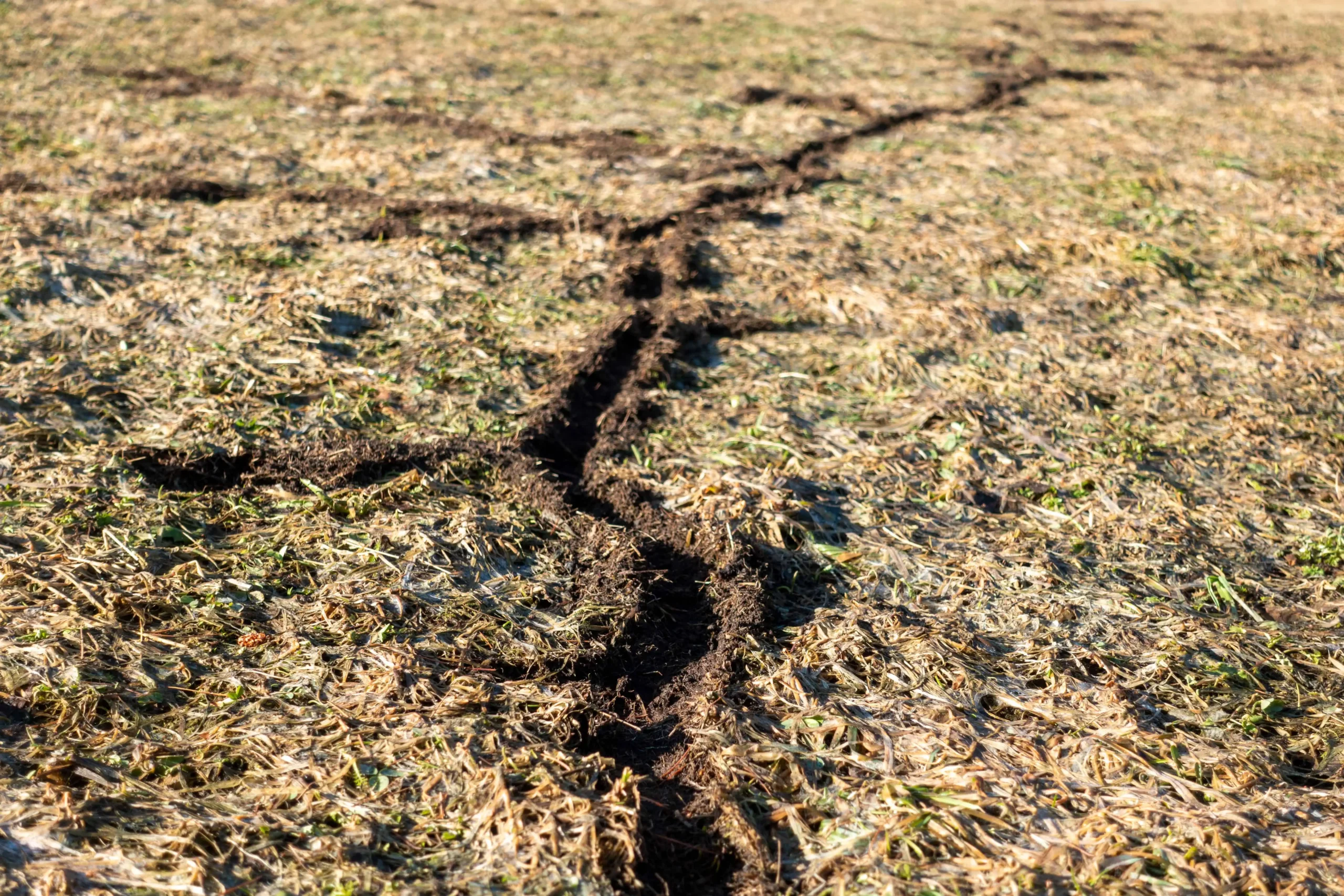Vole Control Tips to Maintain Your Lawn and Gardens
Vole Control Tips to Maintain Your Lawn and Gardens
Blog Article
Comprehensive Overview to Effective Vole Pest Control: Problem Recognition and Therapy Techniques
In the world of efficient bug control, vole infestations position an one-of-a-kind challenge that demands a strategic technique. By discovering the nuances of vole behavior, comprehending key signs of invasion, and examining an array of control alternatives, one can develop a comprehensive strategy to deal with these elusive pests.
Understanding Vole Behavior
Vole actions is defined by their burrowing routines and rapid recreation rates, making them a tough insect to control efficiently. These small rats generally create complex tunnel systems underground, using them for shelter, food storage, and transport. Voles are herbivores, taking in a variety of plants, turfs, light bulbs, and origins, which can create significant damage to gardens, orchards, and yards. Their rapid reproductive rate further complicates control efforts, with females with the ability of generating multiple trashes in a single year, each including several children.
Voles are most active during the morning and night hours, investing the bulk of their time foraging for food. Their tunneling habits not only interrupt yards and yards however also make them testing to detect and get rid of. Understanding vole behavior is essential for effective insect control strategies. By recognizing their burrow areas, keeping an eye on feeding areas, and executing targeted control techniques, such as capturing or habitat modification, vole infestations can be managed efficiently.
Indications of Vole Infestation

Prevention Approaches
Implementing efficient prevention techniques is essential in minimizing vole invasions and safeguarding plant life from their destructive feeding routines (vole pest control). To avoid vole infestations, it is crucial to start by getting rid of possible food resources and shelter. Maintain grass and plants cut short, remove weeds and particles, and keep a clean garden or grass to make the area less appealing to voles. Setting up obstacles such as equipment fabric or below ground fence can additionally help deter voles from going into details areas. Furthermore, decreasing excess moisture by fixing leaky pipes and making certain appropriate drainage can make the setting less welcoming for voles.
Regularly evaluating the home for signs of vole activity, such as paths and burrow openings, is important for very early detection and prompt action. If vole task is believed, consider making use of repellents or catches tactically placed near their pathways.
Non-Lethal Control Approaches
To properly manage vole populaces while prioritizing humane approaches, non-lethal control methods use useful solutions for lowering vole damage in landscapes and gardens. These barriers can be hidden at least 12 inches deep and bent at vole lawn damage a 90-degree angle to stop voles from tunneling below.

Lethal Control Options
One efficient method for dealing with vole problems in landscapes and yards involves the calculated use of deadly control alternatives. When encountered with an extreme vole infestation that non-lethal techniques have stopped working to include, executing lethal control measures comes to be important. Generally, when employing lethal control alternatives, it is crucial to do so sensibly and in accordance with local policies to effectively take care of vole invasions.
Conclusion
To conclude, reliable vole bug control needs a comprehensive understanding of vole actions, recognition of indications of infestation, implementation of avoidance methods, and use of both non-lethal and deadly control techniques. By combining these strategies, individuals can effectively manage vole populaces and secure their building from damage. It is essential to deal with vole invasions without delay to avoid additional concerns and minimize the impact on the surrounding atmosphere.
Provided the detailed passage systems and rapid reproduction prices characteristic of voles, acknowledging the indicators of vole problem becomes vital in efficient parasite control. One of the key indicators of vole presence is the presence of surface runways or tracks in lawn or snow, typically about 1-2 inches broad, produced as voles take a trip between their burrows and food sources.To efficiently handle vole populations while focusing on gentle approaches, non-lethal control approaches offer functional solutions for decreasing vole damages in landscapes and gardens.One effective method for attending to vole problems in landscapes and yards involves the calculated usage of lethal control choices. vole yard damage.In conclusion, effective vole pest control requires an extensive understanding of vole habits, identification of indications of invasion, application of avoidance strategies, and usage of both non-lethal and lethal control methods
Report this page